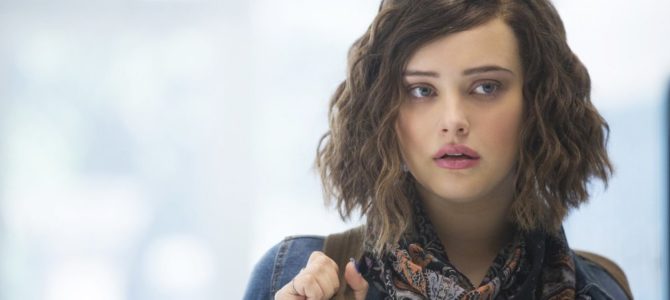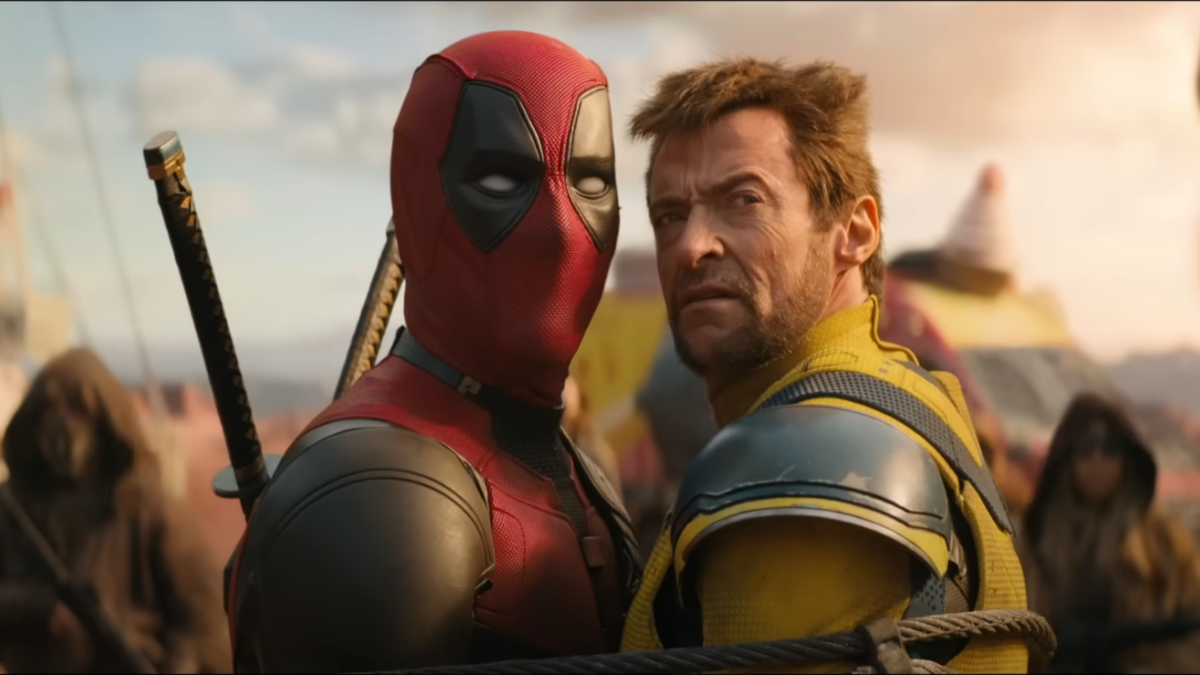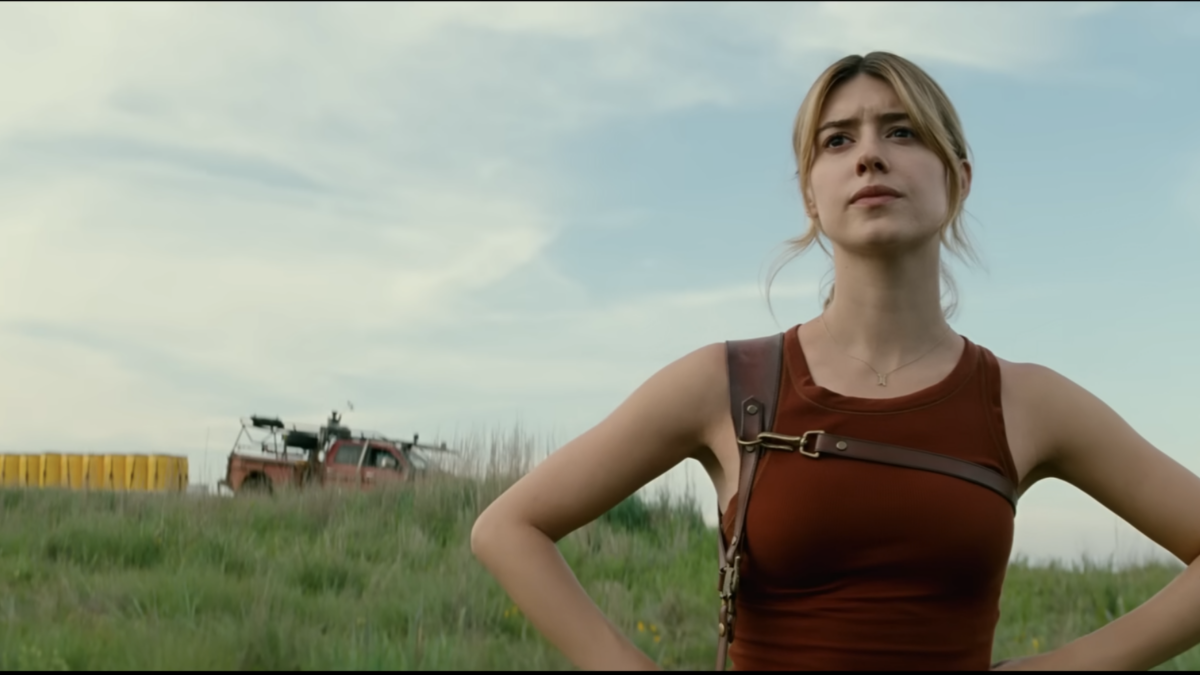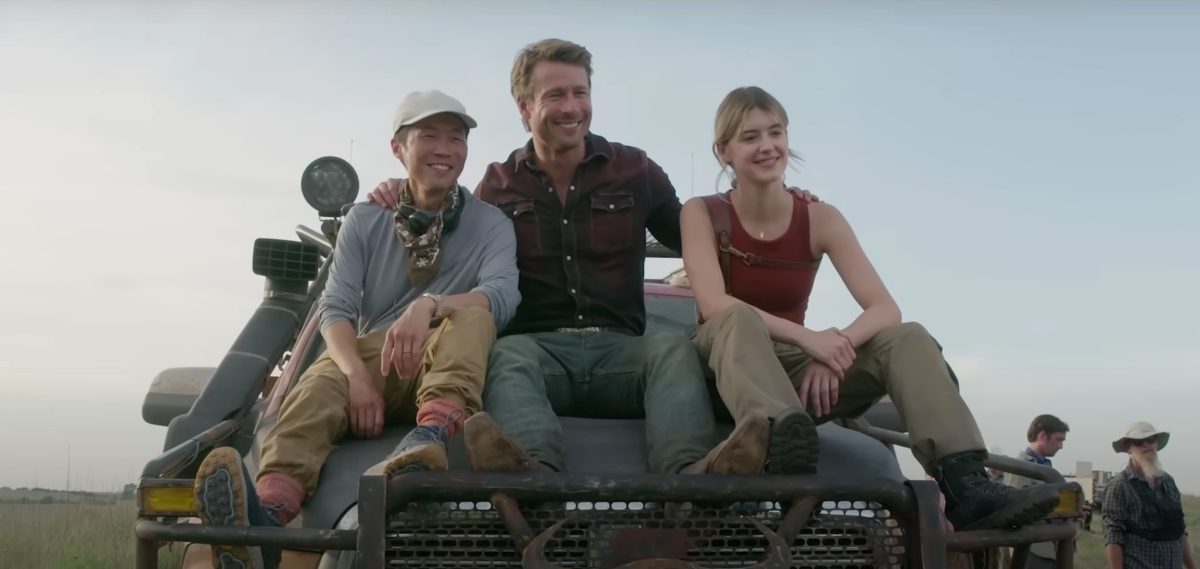
Netflix’s new series “13 Reasons Why” certainly has everyone in a tizzy. The series, based on the young adult novel by Jay Asher, deals with suicide, bullying, and sexual assault, and parents were left flatfooted as the show became wildly popular with teens. School systems, including mine, sent home letters to parents warning them about the explicit content of the show, particularly regarding suicide.
Many parents, whose children had read the popular book in middle school, didn’t think twice about their teen watching the show until the media buzz started. “13 Reasons Why” is a timely reminder that film adaptations of young adult books often have more mature content than their book counterparts, and parents need to be aware of the differences.
While the Netflix series has been controversial, the book “13 Reasons Why” got rave reviews when it was published in 2007. The book was mildly controversial—the American Library Association lists it as one of the Top 10 Challenged Books for 2012—but it also spent time on the New York Times children’s chapter book bestseller list. Author Jay Asher noted in the book’s Q and A section that parents and teachers have told him they use the book as a tool to talk about bullying and suicide. He also mentioned young people who reached out for help after seeing themselves in Hannah Baker, the book’s protagonist, who commits suicide and leaves behind a series of cassette tapes detailing why.
Netflix’s ’13 Reasons’ Diverges From The Book
In contrast, the Netflix series has provoked a strong reaction from suicide prevention experts. They are concerned that it glorifies suicide and will inspire teens dealing with depression to take their own lives.
These concerns are understandable. The series takes a raw look at high school bullying, and suicide is a central element of the story. Two episodes have graphic rape scenes, and the series depicts Hannah’s suicide in full horrific detail. Common Sense Media gives it an age 16+ rating, and the series’ producers have agreed to include a warning at the beginning of the series in addition to the graphic content warnings at the start of the episodes with violent content.
Here is the problem for parents. The series is based on a young adult novel that is appropriate, in my view, for middle school kids and older. Common Sense Media gives the book an age 14+ rating, but I think it is fine for mature middle school students with parental guidance. The series has been marketed to teens and young adults because it is based on a young adult book, and it is wildly popular with those age groups. Many of the school systems who sent home warning letters to parents about the series have the book in their library collections. Unfortunately, the changes made to the story in adapting it for the screen have made the series a much more mature product than the book.
This Is A Common Problem With YA Films
Film adaptations of young adult or children’s books are often hard for parents to navigate. Visual images are more powerful than the ones we imagine while reading. As books are translated to film, material that was fine for younger readers suddenly is not fine for younger viewers. The pacing needed to create suspense on film can be overwhelming, and topics that are glossed over in book form are highlighted when the book becomes a film. In the case of “13 Reasons Why,” scenes—such as the rape of one of the female characters—that are alluded to and not described with much (if any) detail become gruesome and visceral on screen.
It is hard for parents to ban such a film or series, when their children experience a strong cultural pull to the adaptation everyone is talking about. My daughter was in late elementary school, right on the cusp of being old enough to read “The Hunger Games” when the first movie came out in 2012. She was champing at the bit to read those books. In that case, I decided to let her read the books, but she had to wait to see the movies. With books, kids’ imaginations are limited to past experiences; with movies, the action becomes real and new.
As for “13 Reasons Why,” it’s become the most talked about Netflix original series ever. It is a well-made, compelling show, so its success is not surprising. My husband and I allowed our daughter, who is a high school freshman, to watch the show with the understanding that we had to watch it with her, and we found it to be a good discussion starter on topics that don’t often come up in conversation. However, it is not a show for kids younger than high school age, and teens in high school should watch it with a parent.
What Netflix’s ’13 Reasons’ Achieves
The Netflix series does follow the basic story arc of the book, with a few notable exceptions. It stretches the present-day timeline over several days instead of 24 hours, and adds additional conflict between the main characters. Where the book hints at sexual content and innuendo, the series shows it, a key reason for its inappropriateness for the book’s younger audience. The book’s plot is predominantly Hannah speaking through the tapes, and her friend Clay’s thoughts and memories as he listens to them. The book is less intense than the series, but its central story is no less meaningful. In the series’ most dramatic departure from the book, Hannah slits her wrists in the bathtub in the last episode of the series instead of overdosing on pills. (As an aside, I agree with this choice by the series producers to portray the violence of suicide in a violent way, but that is a debate for another day.)
A major criticism of the Netflix series is that it does not show depression and mental illness as the driver of Hannah’s suicide. The book does a much better job of illustrating her decline into loneliness and depression. If you look hard enough and know what you are looking for, you will see Hannah’s fragile mental state in the series, but in the book, Hannah talks openly about her depression and mental health. That is the power of learning about difficult subjects through literature instead of film.
Reading the Book Is a Good Middle Ground
Like it or not, “13 Reasons Why” is here to stay. It’s now part of our pop culture conversation, and our kids are discussing the series with their friends, whether they have seen it or not.
We can all relate. Adults like to be up to date on the latest shows when we gather around the water cooler at the office; teens are no different when it comes to their peers. For parents who are uncomfortable with their middle or high school kids watching “13 Reasons Why,” the book may be a good alternative. Kids can participate in this pop culture moment with their friends without watching mature content for which they are not ready.
Parents must remember that older children and teens still need guidance in regards to television, books, and movies. We know our kids best, and are best equipped to help them navigate a popular culture that wants them to grow up too fast. It’s important to pay attention, and to remember that beloved books can change dramatically when adapted to film. We need to be ready when they do.









